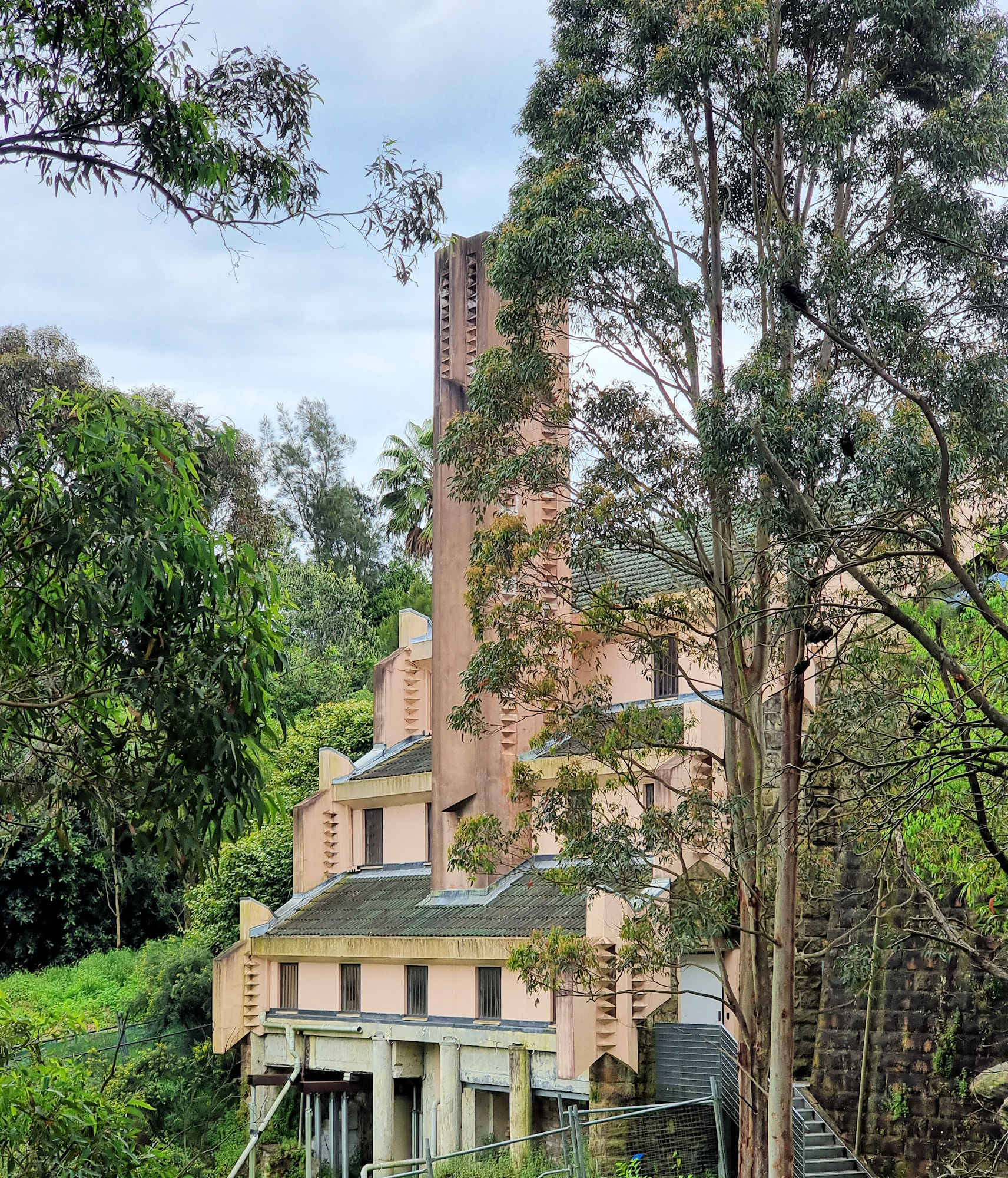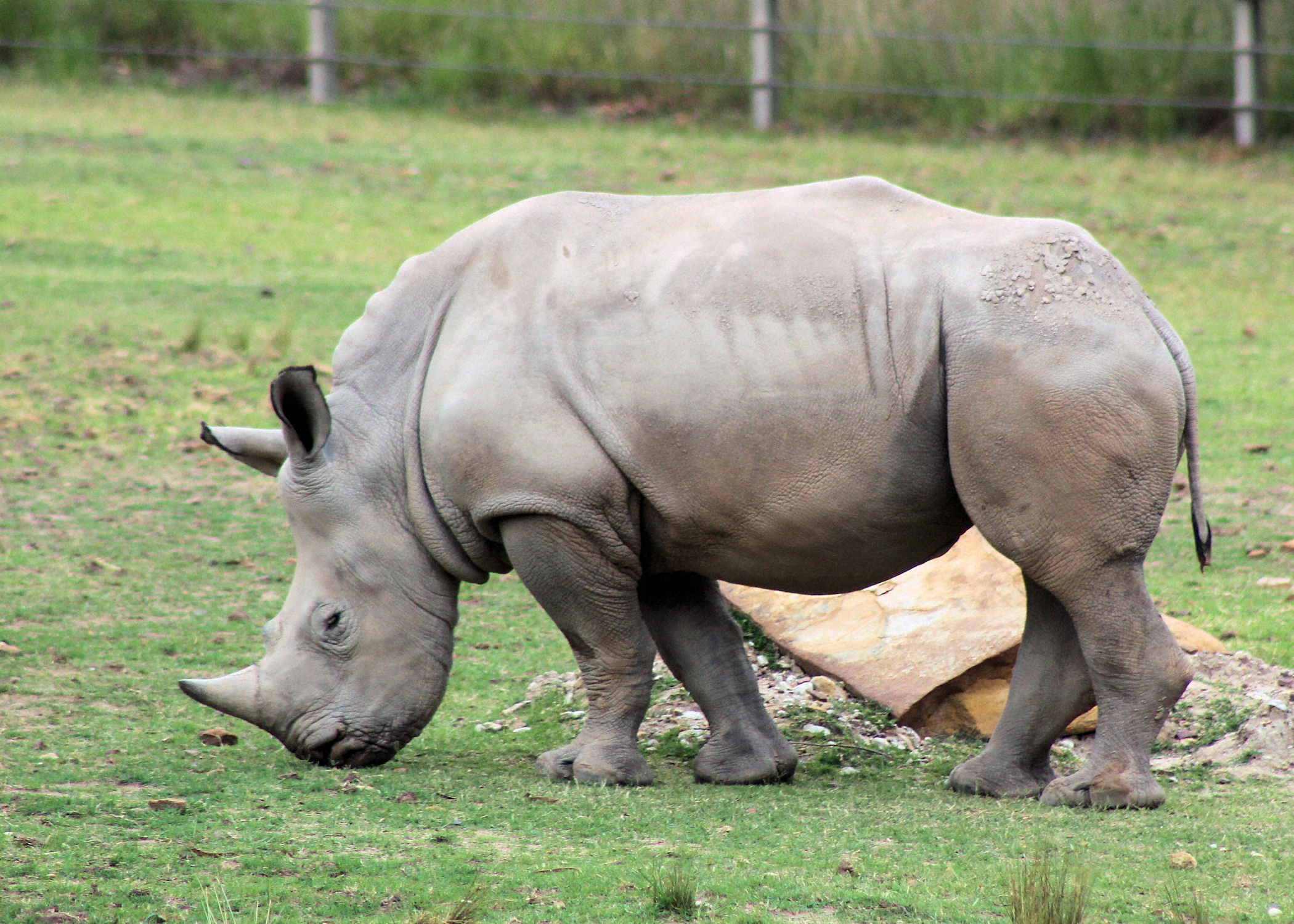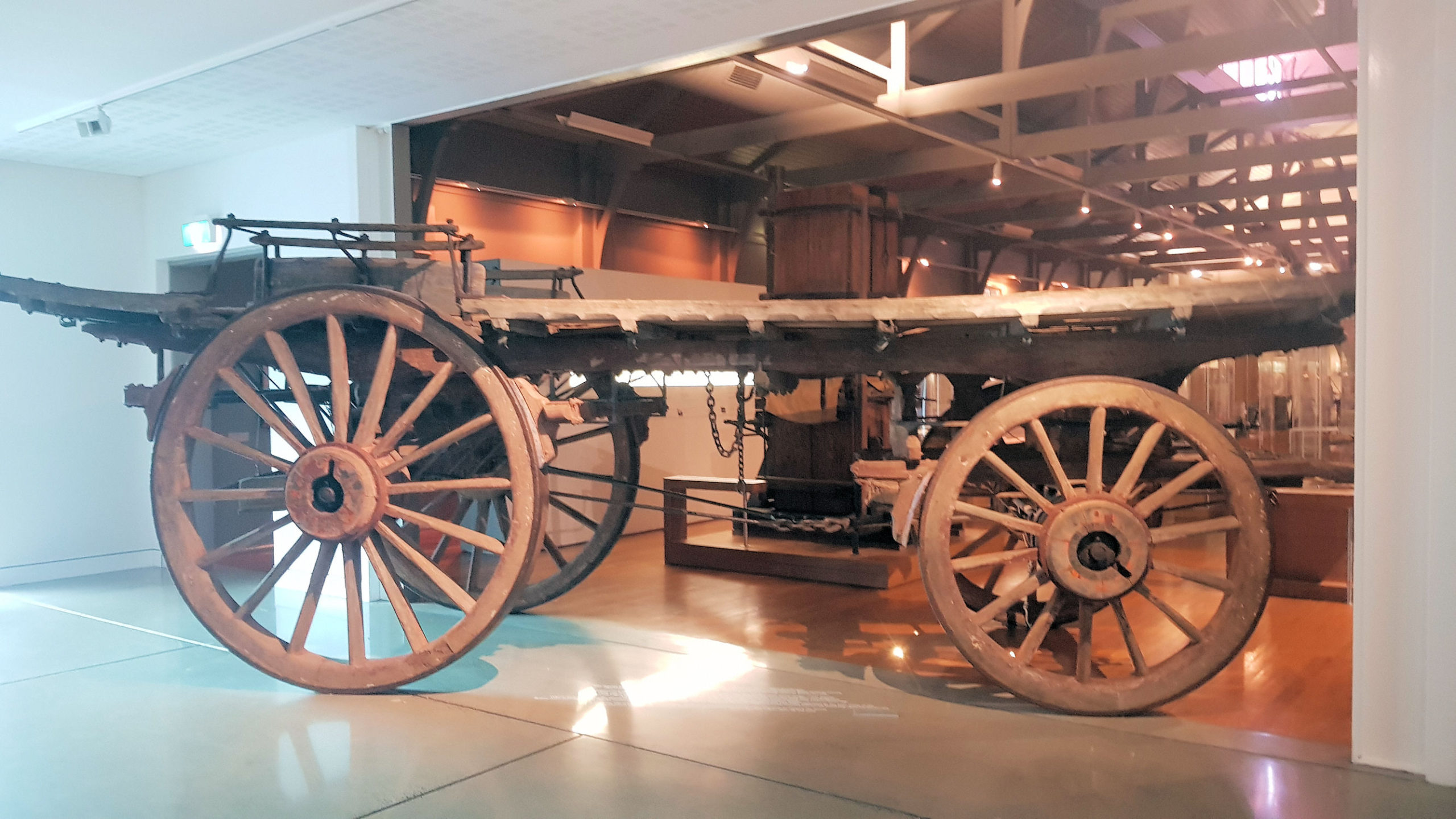Category: Art Gallery
-
Walter Burley Griffin Incinerator

Walter Burley Griffin Incinerator Built in 1934 the Walter Burley Griffin Incinerator was originally the Willoughby Municipal Incinerator. Its purpose was to dispose of Willoughby Council’s municipal waste rather than dumping it at the tip. As the name suggests, Walter Burley Griffin designed the building, the same architect responsible for the winning design of the… Read more
-
Dubbo New South Wales Australia

Dubbo New South Wales Located in the central west of New South Wales, Dubbo was our first main stop during our road trip. A five hour car trip from Sydney, or a three and a half hour trip from our home in Singleton, stops along the way are needed. The first European settlement was established… Read more
-
Western Plains Cultural Centre

Western Plains Cultural Centre Located on Wingewarra Street Dubbo the Western Plains Cultural Centre has an excellent collection of local historical displays and art. During our visit the local final year students had their artwork on display, which was great to see. The museum section displayed a large range of items, which provided a feeling… Read more